Ask people where the North begins and you will get the most motley and strange answers.
“The North definitely begins once you leave Staffordshire and enter Cheshire on the West Coast Main Line,” proclaimed a Blackheath-based Manchester teacher before adding that, although he was “essentially from the North”, he had friends in Newcastle who “they say I’m from the Midlands”’. Mmm-hmm.
A student at the Royal Academy of Music, by contrast, suggested that Stoke-on-Trent – in Staffordshire – was the point where things start to “look North” before confusingly describing it as the “proper North”. ”, of course, began in Liverpool.
“The North begins in Hull,” proclaimed a bookseller originally from (you guessed it, Hull), telling me that, in any case, it was a silly question because “being the North is not just about geographical borders.”
“Nottingham” was the choice of a retired engineer from Lancashire, which puts him at complete odds with a cultural curator from, yes, Nottingham, who said: “I’m from the Midlands, so we don’t identify as being from the North, although I think we probably wish we had,” pointing to Sheffield and South Yorkshire as the right threshold.
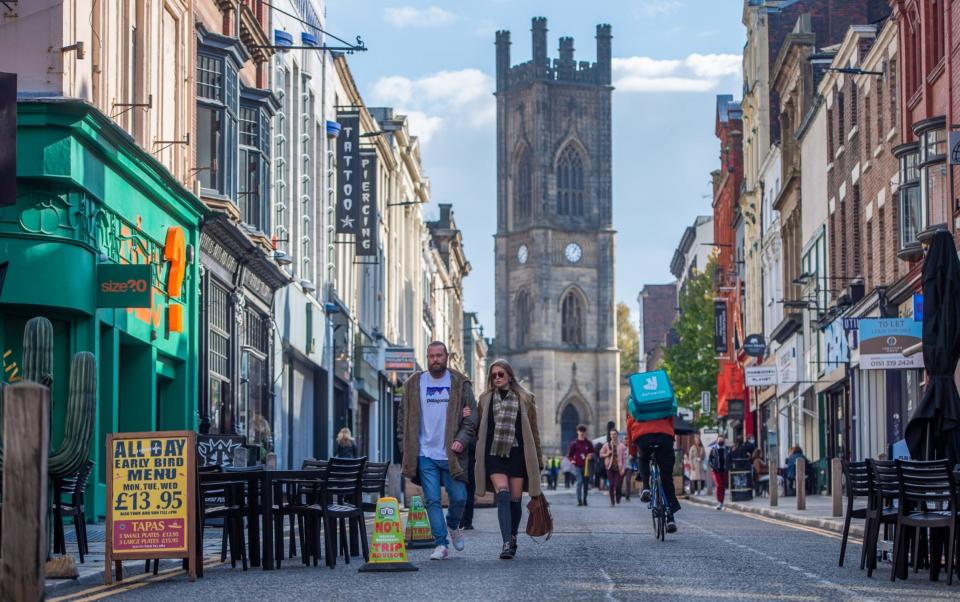

Other answers were much more far-fetched: Bicester Village, and, even more absurd, an answer that is received a lot from Londoners: Watford in Hertfordshire, which is particularly insulting because it is on the Metropolitan line of the London Underground.
The latter is a corruption of Watford Gap in Northamptonshire, a junction in the limestone ridge that runs diagonally across England just north of the village (not city) of Watford. The motorway service station which sprung up here in 1959, on the same day the M1 opened, has often been seen in popular culture as the gateway between North and South. Unless you believe the Midlands don’t exist, this is highly fanciful as it would place Leicester and Norwich in the north, and very close to Stratford-on-Avon.
But it makes some sense culturally and metaphorically. It was here, in the 60s, that the Beatles stopped for a plate of grease on the way from Liverpool to go to concerts in the south, and so did many other rock stars. Brave, but with an aura of rock star arrogance: no wonder this became the metonym of the North for Southerners.
The birth of the North
The flourishing of great industrial cities such as Manchester, Liverpool, Leeds and Sheffield in the 18th and 19th centuries is sometimes said to mark the historical frontier of the North. But its roots go back much further. The idea of “The North” as a distinct political entity probably derives from the 3rd century AD, when the Roman province of Britannia was divided into Britannia Superior, ruled from Londinium, and Britannia Inferior, ruled from Eboracum (York).
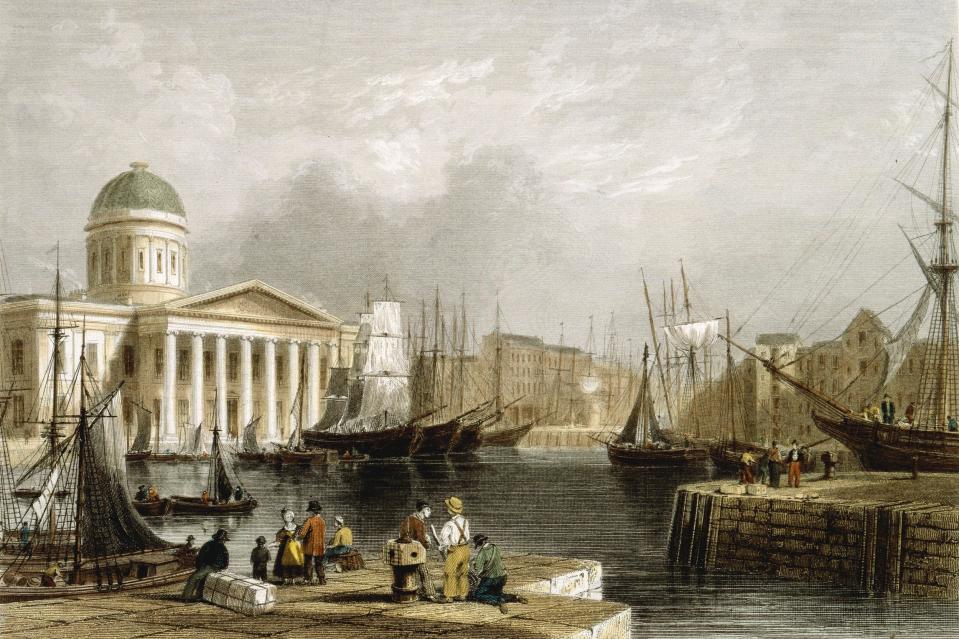

Britannia Inferior comprised most of what we now call the Midlands and the North, up to Hadrian’s Wall; The North has once been defined by its distance from a ruling metropolis, in this case, Rome. This boundary is quite in line with those who believe that the North begins today in Nottingham.
Following the disintegration of the Empire and the settlement of England by Germanic tribes, Angle Northumbria – “north” of the “Humber” to the River Forth – shone briefly in the 7th century as a shining beacon of learning with the Venerable Bede, monasteries filled with books, and “Kings of the North” such as Edwin (616-633), whom other Anglo-Saxon kings sometimes recognized as overlords, demonstrating how the North, with its stronghold at York, could be the dominant political force in these islands .
But at the end of the 7th century, “sea pirates” from Scandinavia raided England, first to plunder, but later to populate and plow. The “Great Heathen Army” wintered in East Anglia in 865 and subsequently fell kingdom after kingdom, like bloody dominoes. Much of Northumbria was invaded and Mercia too. By 880, Viking settlers controlled virtually all of England and it fell to Alfred of Wessex, frantically translating books by his home in Winchester as the dark tides of the Viking invasion swept over the land, to unite the remaining English kings and defeat the pagan settlers. in London in 886.
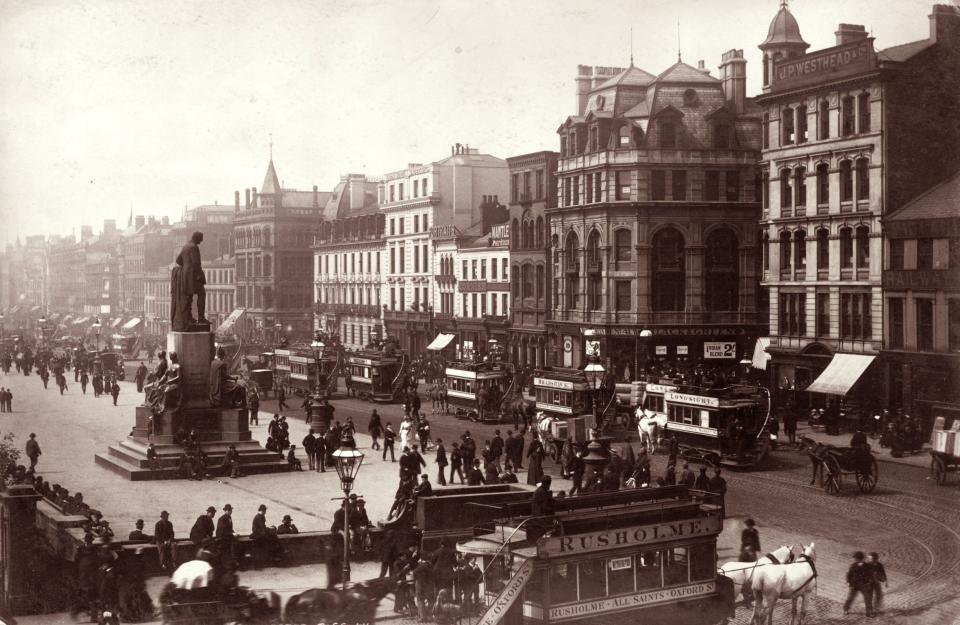

As a result, Guthrum, the Viking leader, agreed to convert to Christianity and retreat within agreed borders with a distinctive legal system (the Danelaw) northeast of a line running from the Thames estuary to the Mersey. It is true that there was intermarriage and cultural cross-pollination: trial by jury, for example, comes from the Danelaw. But for many decades the Norse and Danish settlers were the tormentors of the Anglo-Saxons to the south, and it may not be too far-fetched to suggest that a kind of historically ingrained suspicion dates back to that time.
The fall of the North
The Danelaw was eventually incorporated into the unitary kingdom of England. But those living north of the Humber and Merseyside would be defiant of Southern control. Perhaps the most vivid episode of a general drama of truculence was William’s Harrying of the North, to impose his authority, which the aristocracy of Northumbria and Denmark resisted.
In the cruel winter of 1069-1070, towns, villages and farms were laid waste in Yorkshire, Lancashire and Durham. Perhaps tens of thousands of northerners perished; By the time the Domesday Book was compiled in 1086, much of northern England had become a wasteland, and historical memory was invoked as the region fell into decline following deindustrialization in the mid-20th century.


More rebellions followed: the Pilgrimage of Grace and the Rising of the Northern Earls against the authority of the Northern Council, inaugurated by Richard III and presided over from York. Its autonomy eventually became broadly aligned with the three administrative mega-units that officially make up the North today: the North West, the North East and Yorkshire and the Humber.
A northern “feeling”
These historic boundaries, as well as the natural features of the landscape, can inform our idea of what the North can be said to be, geographically: the seven historic counties of Cumberland, Northumberland, Westmorland, Durham, Lancashire, Yorkshire and, resulting most controversial, – Cheshire. Thus, the North could be approximately limited by three rivers: Humber, Trent and Mersey.
However, this only takes us so far. As everyone points out, the North is more of a mentality than a place. As Morrissey says, “When you’re from the North, you’re a Northerner forever and you’re instilled with a certain feeling for life that you can’t get rid of.” But what does this mean?
When I traveled up North earlier this year on a book tour, I found nothing but warmth and conviviality, beauty and Saturnalia, and plenty of sunshine, in virtually every corner: in Manchester’s northern quarter, with its wines fizzy reds and its elegant canal. -walks, through the chaotic piazza of Darlington with karaoke in the air, through the hills and bookstores of Glossop and Ilkley and the docks and beaches of Liverpool and its satellites; in Newcastle, York, Leeds and Sheffield. In Manchester, someone told me that I was the most southern person he had ever met (although that didn’t stop him from coming to visit me in London).
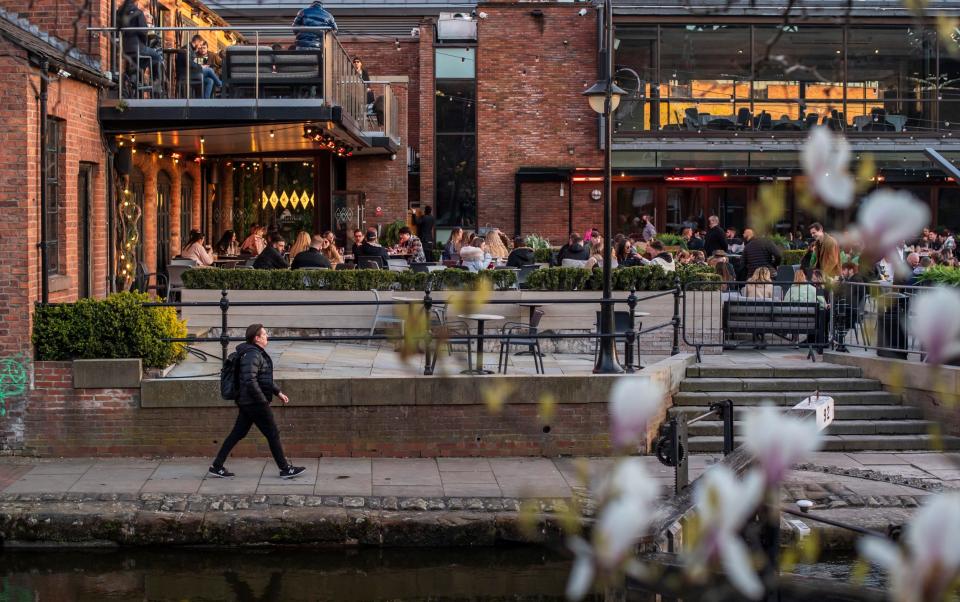

Because the problem – or the beauty – of these fun stereotypes is that they can return like a boomerang to the eye of the beholder: what may seem like a badge of shame, used well, can be a sign of pride. Thus, while a Southerner might accuse a Northerner of being abrupt and lacking in social graces, a Northerner might reply that he is actually simply speaking frankly and that this only demonstrates the evasive and obsequious nature of his accuser.
While a southerner might lump all northerners together as working class, he might well retort that they are, in fact, meritocratic and egalitarian, far superior to being aloof and tormented by class snobbery. And while southerners might perceive provincial narrow-mindedness, northerners see only “citizens of nowhere.” This symbiosis of animus also feeds the landscape. The North could, with some justification, be considered a vast industrial zone, but at least it was not a parasitic “Great Wen” that fed on bribery from the North.
Could outsiders see the North as oppressively urban or, with its peaks, lakes and murderous moors, as wildly rural? It is difficult to identify the attributes of the north when it is all a matter of perspective.
An identity, rooted in accent
I suspect that, in the end, a lot of this comes down to accent. Although Northern accents are highly prized as an expression of local identity, to outsiders they are too often seen as comical.
“I have not heard a better tavern story in seven years,” declared one MP in a speech by the Yorkshire-born Speaker of the House in 1547. It cannot be a coincidence that the Watford Gap line also approaches to a vague north-south isoglosse between long and short vowels, between “passt/pahst”, “oop/up” and “bath/baath”.
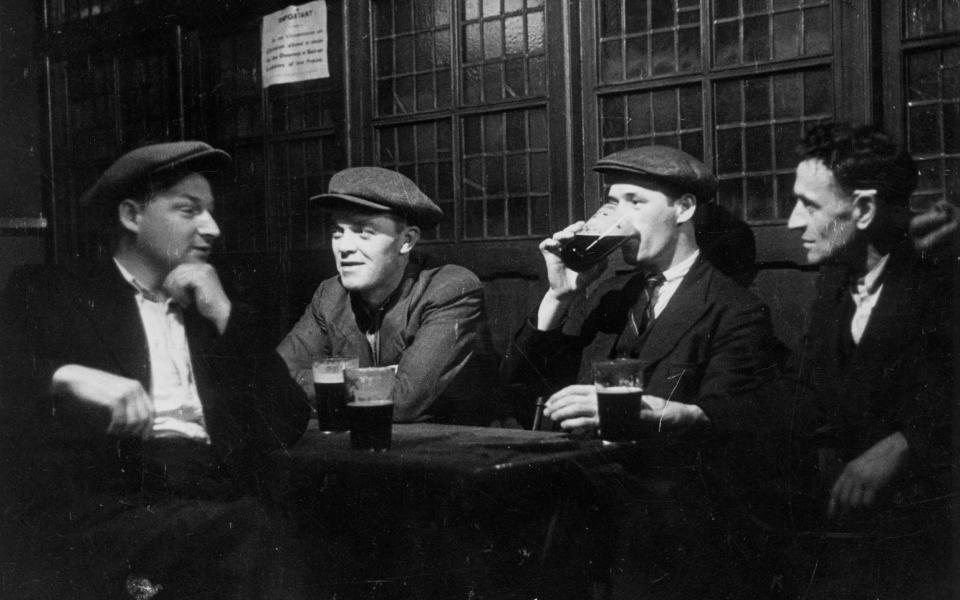

Reading Keats’s work aloud. Ode to a nightingale At school in the early 1950s, future poet Tony Harison remembers how as he recited the phrase “My ‘art hurts,” his teacher interrupted him: “That’s enough,” he said, “barbaric.” Perhaps there is some truth in the saying that language “communicates and excommunicates.”
Other countries have their North-South divisions. In Italy, the poor south is often contrasted with the richer north. But it is more pronounced in Britain, partly due to the sheer size of London (15 times more populous than its nearest northern rival, Liverpool) and an exceptionally unusual concentration of the turbines of wealth, seat of power and seat of the Arts. and professions all in the same place; “a market,” as Bede of Northumbria put it in the 8th century, “of people and goods from all over the world.” Whether “that London” helps vitalize or vitiate the North is a debatable question, but all the northerners I spoke to found it welcoming.
“That’s the good thing about London: it adopts you,” my Hull-born bookseller friend told me, “so I don’t necessarily see myself as a southerner or a northerner, but I do, I think, as a Londoner.” Presumably Dr. Johnson felt the same way, and perhaps North and South are not as antithetical as originally thought.